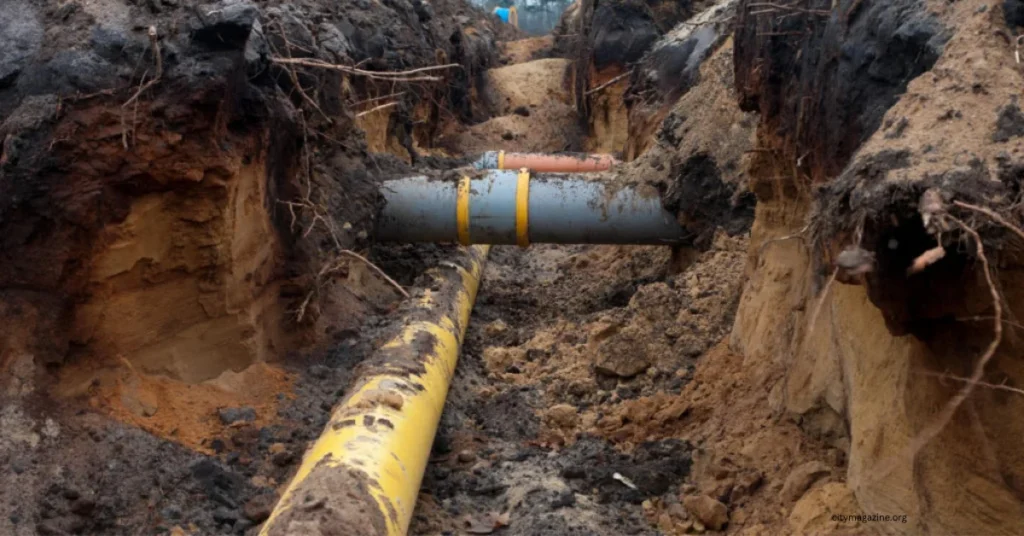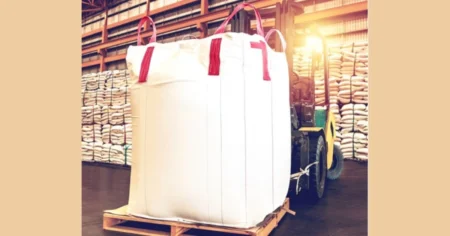Piping systems and wastewater treatment plants are crucial to industrial facilities, but they often cause industrial sewer problems that can result in costly repairs. In order to prevent these problems before they happen and minimize the damage in the event of a leak, it’s essential to have a strong working knowledge of your system and how it interacts with the environment.
What Causes Industrial Sewer Problems?
There are many causes of industrial sewer problems, but some of the most common include:
-Blockages in the sewer system caused by objects, debris, and liquid waste
-Failure of the wastewater treatment plant
-Poorly designed or constructed pipelines and facilities
-Structural failure of the sewers themselves
Mitigating Industrial Sewer Repair Methods
It is a necessary service for any business or facility to maintain sewers, that are using industrial wastewater. Industrial sewer repairs are essential to keeping the premises clean and safe and can prevent costly damage from sewage backups.
There are many different ways to repair industrial sewers, depending on the type of infrastructure being repaired. Preventive measures can include regular inspections and maintenance, as well as proper installation and design of sewer systems. When problems do occur, various methods can be used to mitigate the impact:
-Replace damaged pipes or sections: If a section of pipe is compromised, it must be replaced as soon as possible in order to avoid serious sewage backup issues. Damaged pipes may also require reconstruction, in which case a qualified contractor will be required.
-Install secondary catch basins: A secondary catch basin collects rainwater and stormwater before they enter an industrial sewer system. This prevents sewage backup from occurring during heavy rains or when there is significant flooding in nearby areas. Secondary catch basins also help reduce odors and improve sanitation by eliminating waste buildup in the drainage system.
-Construct pumping stations: Pumps help move wastewater through a sewer system quickly and efficiently, preventing backups from forming. Pumping stations can be strategically placed throughout an industrial area to help manage sewage flow and minimize disruption to operations.
Prevention and Mitigation of Industrial Drainage Problems:
Preventing and mitigating industrial sewer problems can save businesses money, time, and headaches. By repairing or upgrading your industrial sewer system, you can avoid costly and disruptive wastewater spills and backups. Here are some steps to prevent industrial drainage problems
- Inspect your industrial drainage system regularly to identify any potential issues. This includes looking for clogged pipes, leaks, and broken seals.
- Install proper waste disposal systems to properly handle your company’s wastewater. These systems should be designed to prevent backups and overflows.
- Install proper sewage treatment plants to eliminate harmful pollutants from your wastewater. Such plants can also recycle valuable resources like water and oil into usable products.
- Use best practices when working with soil and groundwater resources; this includes avoiding contaminating them unnecessarily.
- Educate employees about the importance of proper industrial sewer maintenance and clean-up procedures.
- Monitor your industrial sewer system regularly for signs of leakage and damage, and repair or upgrade as necessary.




